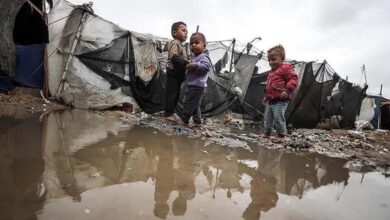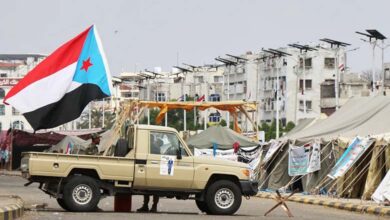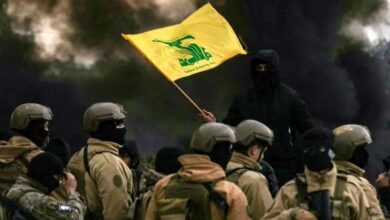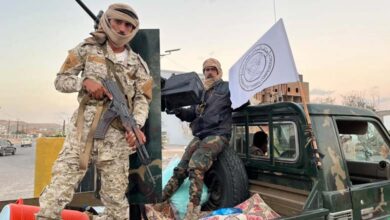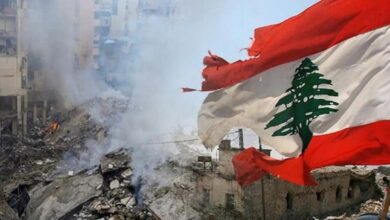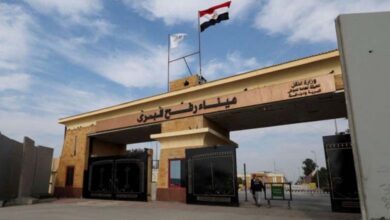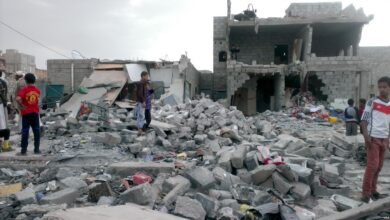Israel warns Gaza tower residents before targeting it and calls for evacuation of the city
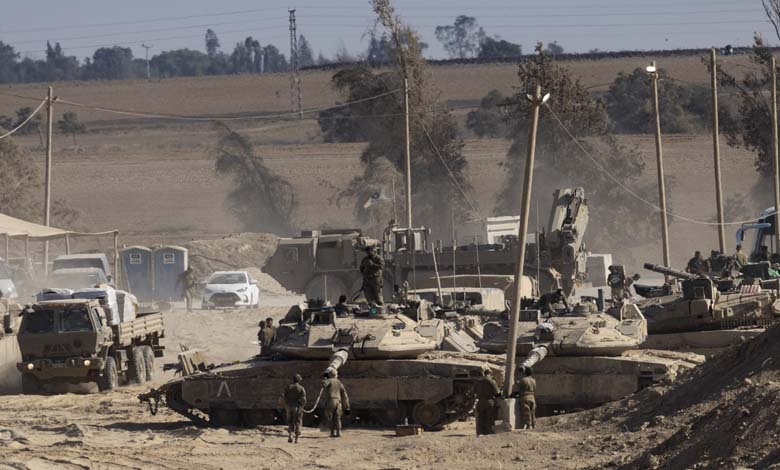
On Saturday morning, the Israeli army issued an urgent warning to residents of the Al-Rou’ya tower in Gaza City, as well as to displaced families sheltering in nearby tents, ordering them to immediately evacuate the building and surrounding area ahead of an imminent strike.
-
Israeli army approves guidelines for Gaza offensive
-
Israeli Army Preparing to Occupy Gaza City with a Quarter Million Soldiers
In a statement released by army spokesperson Avichay Adraee, the military declared that “the building marked in red and the adjacent tents at the Beirut junction and Arab League Street will soon be targeted due to the presence of Hamas-related infrastructure inside or nearby.”
Residents were instructed to move southward toward the “humanitarian zone in Mawasi, Khan Younis.”
Hours before this warning, the Israeli army had already urged all residents of Gaza City – the largest urban center in the Strip – to evacuate southward, warning that its forces were conducting military operations throughout the city.
-
The Rafah Brigade Remains a Military Challenge for the Israeli Army in Gaza
-
Hamas Remaining in Power and Ceasefire Demand: Israeli Army’s Requests Anger Netanyahu
Adraee explained that the Mawasi area in Khan Younis had been designated as a humanitarian corridor, where food, medical, and shelter services would be provided.
Gaza at the center of the Israeli offensive
These evacuation orders came as Israeli forces continued to advance through the city’s outskirts in recent weeks, in line with Prime Minister Benjamin Netanyahu’s directives to seize control of Gaza, which he describes as “Hamas’s main stronghold.”
The army has stated that subduing the city would represent a decisive step in the ongoing war since October 2023. It claims to control nearly half of Gaza City and about 75 percent of the Strip’s territory.
-
Israeli Army and Mossad Agree on Plans to Strike Iran
-
The Israeli army is preparing for surprise Hamas weapons in the event of a ground invasion
Renewed displacement threatening hundreds of thousands
Before the conflict, Gaza City was home to nearly one million people, roughly half of the Strip’s population. Since the war began, hundreds of thousands had fled there seeking safety, only to now face renewed calls to leave.
Many residents insist they will not abandon their homes again after previously returning, arguing that the so-called “humanitarian zones” do not provide them with real security in the face of continuing airstrikes and the absence of safe humanitarian corridors.


